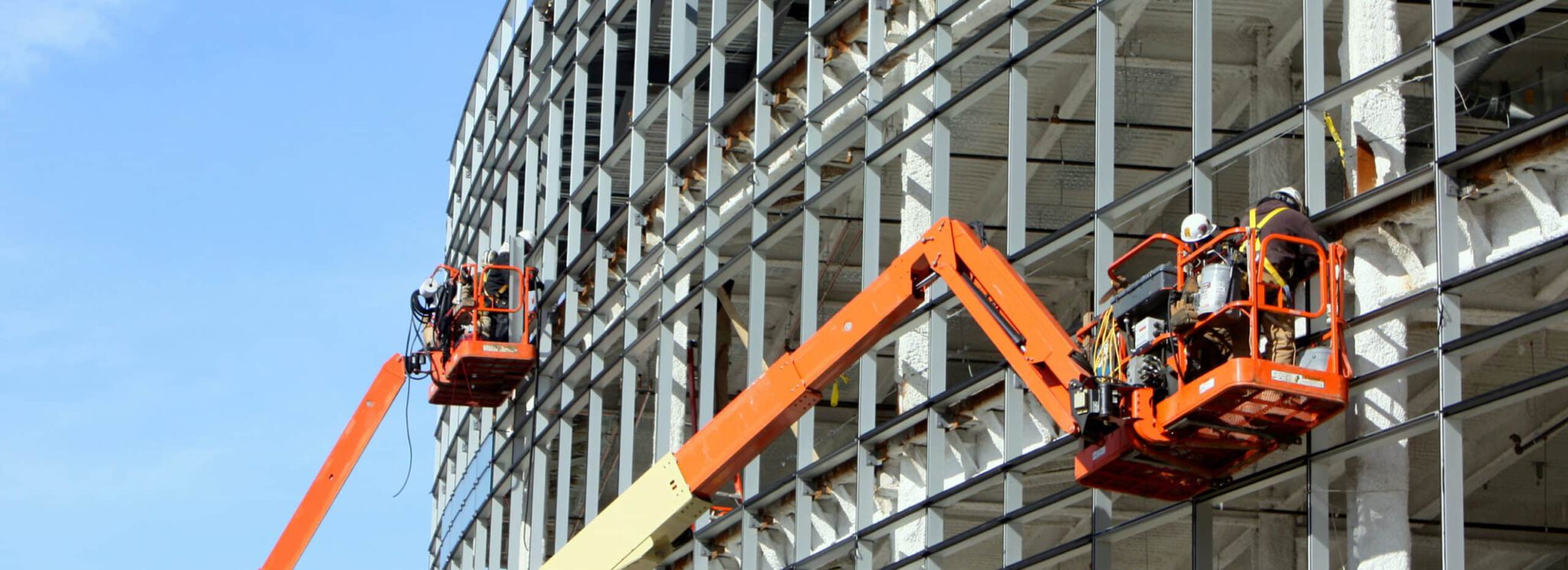Experts predict there will be a 6% construction growth in the southern region of the United States. Texas is forecasted to have the strongest growth at 10%. Construction trends in the Lone Star State fall under several headings, but this article will focus on two – resilient construction design and increasing costs.
What is resilient construction design? Put simply, resilient construction is the practice of using materials and techniques to increase the stability of a structure, so it can withstand severe weather and changing climates. Because Texas ranks first as the state with the highest yearly average number of tornadoes, resilient construction is crucial, namely, flood- and wind-resistant design. This is especially true for Houston and east Texas, areas that are still rebuilding from Hurricane Harvey in 2017.
Flood-resistant buildings protect against flooding from powerful tides, storm surges and excessive rain. Designs should be built according to the American Society of Civil Engineers guidelines and include materials that can get wet, as well as dry quickly once they are exposed to moisture. This is essential in protecting the structure itself and the occupants inside.
Another resilient construction design trend is wind-resistance design, built with a continuous load path. This is critical in holding the building together – from the roof and walls to the floor and foundation – especially during high winds.
Increasing construction costs will also impact the industry. The North American Construction Forecast Report predicts that construction costs will increase 2-3%. The report also estimates labor costs are expected to rise by 3-4%. These labor shortages are due to stricter immigration policies and difficulty in recruiting younger construction workers. This has resulted in employers increasing the average pay to get qualified workers.
Companies are expected to experience increased materials costs, which have risen because of the increasing demands after hurricanes Harvey and Irma. There is also a smaller supply of wood readily available as result of the Trump administration’s mandated 10% tax on softwood lumber from Canada. In addition, other newly imposed tariffs on steel and metals have made things difficult on builders. As these prices continue to rise, there is a shift towards alternative materials. For example, builders are substituting wooden frames with insulated concrete blocks.
Resilient construction design and increased costs are requiring companies to work smarter and make more economical decisions. One such cost-effective option is to use remote video monitoring to secure a site and protect its equipment, tools and materials. If you have any questions about video surveillance as a construction security solution, contact us here.

